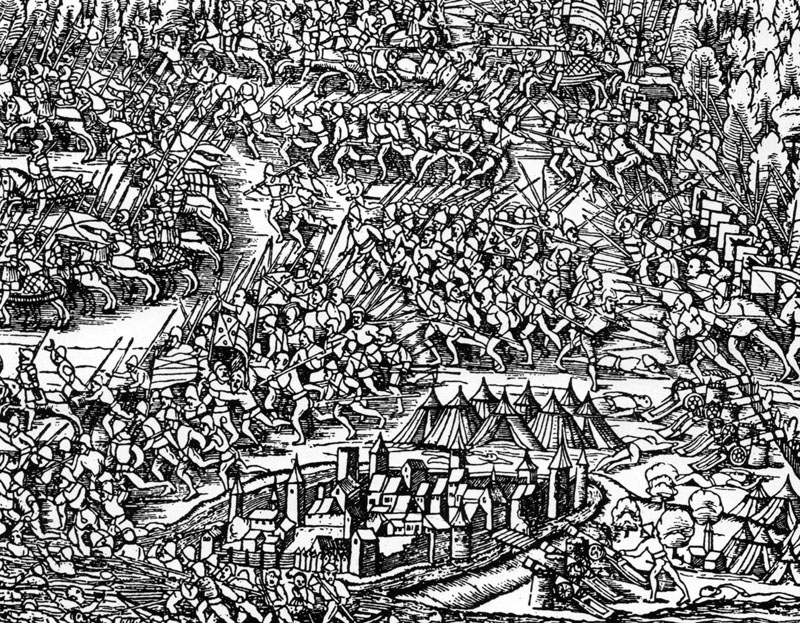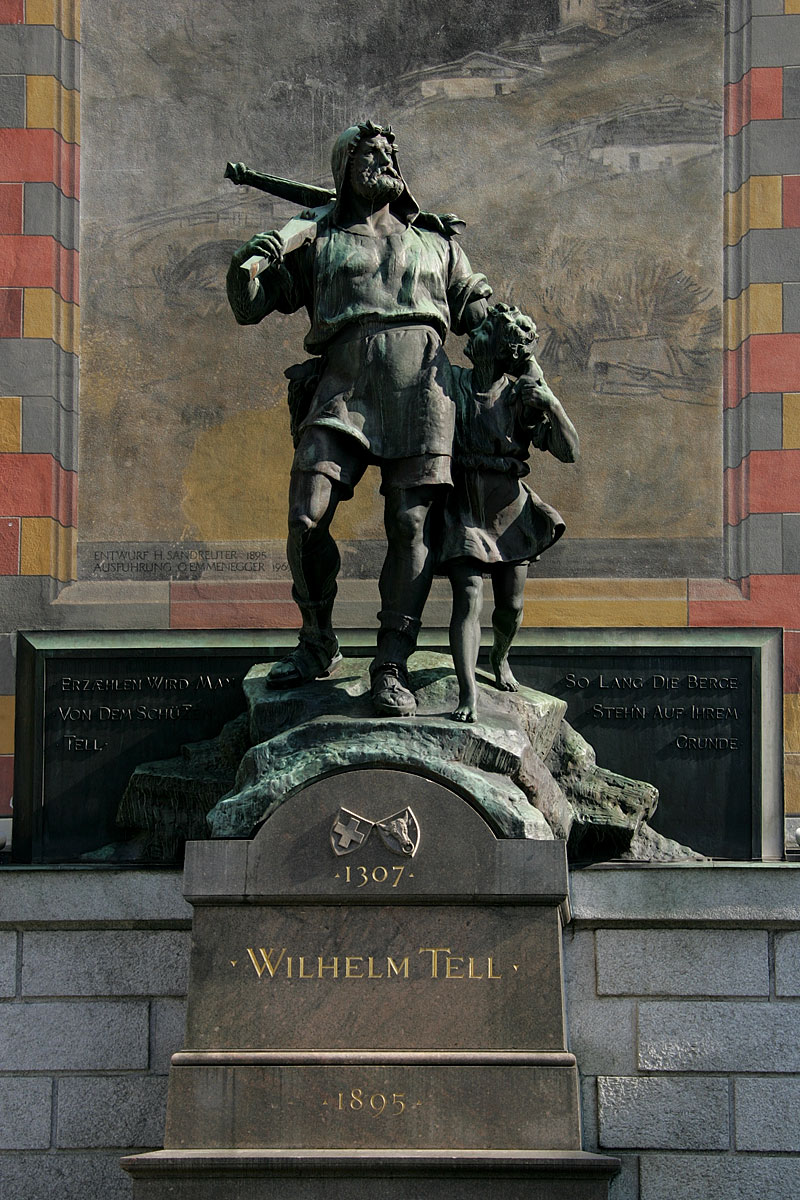|
Expo.02
Expo.02 was the 6th Swiss national exposition, which was held from 15 May to 20 October 2002. The exposition took place around the lakes of Neuchâtel, Bienne/Biel and Morat/Murten. It was divided into five sites, which were called ''Arteplages'', due to the proximity of the water (some sites were actually partially or totally built on the water). The five ''arteplages'' were located in Neuchâtel, Yverdon-les-Bains, Morat/Murten, Biel/Bienne and on a mobile barge traveling from one site to another. The barge represented the canton of Jura, which does not have access to any one of the three lakes. Expo.02 was the subject of controversy in Switzerland due to the many financial problems it encountered. It was first scheduled to take place in 2001 (under the name of ''Expo.01''), but the catastrophic organization and lack of funding threatened to put an end to the project, which was saved at the last minute by the Swiss Federal Government, which put in a large amount of public mon ... [...More Info...] [...Related Items...] OR: [Wikipedia] [Google] [Baidu] |
Murten
Murten (German) or Morat (French, ; frp, Morât ) is a bilingual municipality and a city in the See district of the canton of Fribourg in Switzerland. It is located on the southern shores of Lake Morat (also known as Lake Murten). Morat is situated between Neuchâtel and Fribourg and is the capital of the See/Lac District of the canton of Fribourg. It is one of the municipalities with a majority (about 75%) of German speakers in the predominantly French-speaking Canton of Fribourg. On 1 January 1975 the former municipality of Burg bei Murten merged into the municipality of Murten.Nomenklaturen – Amtliches Gemeindeverzeichnis der Schweiz accessed 9 February 2013 It was followed on 1 January 1991 by the former municipality of |
Neuchâtel
Neuchâtel (, , ; german: Neuenburg) is the capital of the Swiss canton of Neuchâtel, situated on the shoreline of Lake Neuchâtel. Since the fusion in 2021 of the municipalities of Neuchâtel, Corcelles-Cormondrèche, Peseux, and Valangin, the city has approximately 45,000 inhabitants (80,000 in the metropolitan area). The city is sometimes referred to historically by the German name ; both the French and German names mean "New Castle". It was originally part of the Kingdom of Burgundy, then part of the Holy Roman Empire and later under Prussian control from 1707 until 1848, with an interruption during the Napoleonic Wars from 1802 to 1814. In 1848, Neuchâtel became a republic and a canton of Switzerland. Neuchâtel is a centre of the Swiss watch industry, the site of micro-technology and high-tech industries, and home to research centres and organizations such as the Swiss Center for Electronics and Microtechnology (CSEM), and Philip Morris International's ''Cube''. The ... [...More Info...] [...Related Items...] OR: [Wikipedia] [Google] [Baidu] |
Biel/Bienne
Biel/Bienne (official bilingual wording; , ) is a town and a municipality in the Biel/Bienne administrative district in the canton of Bern in Switzerland. Biel/Bienne lies on the language boundary between the French-speaking and German-speaking parts of Switzerland, and is bilingual throughout. ''Biel'' is the German name for the town; ''Bienne'' its French counterpart. The town is often referred to in both languages simultaneously. Since 1 January 2005, the official name has been "Biel/Bienne". Until then, the town was officially named Biel. The town lies at the foot of the first mountain range of the Jura Mountains area, guarding the only practical connection to Jura, on the northeastern shores of Lake Biel (, ), sharing the eastern tip of the lake with its sister town, Nidau. The towns Neuchâtel, Solothurn, and Bern (the capital of Switzerland) lie southwest, northeast and southeast of Biel/Bienne. They all can be reached within about 30 minutes by train or car. In 2 ... [...More Info...] [...Related Items...] OR: [Wikipedia] [Google] [Baidu] |
Switzerland
; rm, citad federala, links=no). Swiss law does not designate a ''capital'' as such, but the federal parliament and government are installed in Bern, while other federal institutions, such as the federal courts, are in other cities (Bellinzona, Lausanne, Lucerne, Neuchâtel, St. Gallen a.o.). , coordinates = , largest_city = Zurich , official_languages = , englishmotto = "One for all, all for one" , religion_year = 2022 , religion_ref = , religion = , demonym = , german: link=no, Schweizer/Schweizerin, french: link=no, Suisse/Suissesse, it, svizzero/svizzera or , rm, Svizzer/Svizra , government_type = Federal assembly-independent directorial republic , leader_title1 = Federal Council , leader_name1 = , leader_title2 = , leader_name2 = Viktor Rossi , legislature = Federal Assembly , upper_house = Counci ... [...More Info...] [...Related Items...] OR: [Wikipedia] [Google] [Baidu] |
Lake Neuchâtel
Lake Neuchâtel (french: Lac de Neuchâtel ; frp, Lèc de Nôchâtél; german: Neuenburgersee) is a lake primarily in Romandy, in the French-speaking part of Switzerland. The lake lies mainly in the canton of Neuchâtel, but is also shared by the cantons of Vaud, Fribourg, and Bern. It comprises one of the lakes in the Three Lakes Region (French: ''Pays des Trois-Lacs'', German: ''Drei-Seen-Land''), along with lakes Biel/Bienne and Morat/Murten. With a surface of , Lake Neuchâtel is the largest lake located entirely in Switzerland and the 59th largest lake in Europe. It is long and at its widest. Its surface is above sea level, and the maximum depth is . The total water volume is . The lake's drainage area is approximately and its culminating point is Le Chasseron at . In comparison to the Lake Geneva region, the Lake Neuchatel shoreline has experienced significant economic development with the completion of the regional motorway network. It is also known to have hou ... [...More Info...] [...Related Items...] OR: [Wikipedia] [Google] [Baidu] |
Lake Biel
__NOTOC__ Lake Bienne or Lake Biel (french: Lac de Bienne ; german: Bielersee) is a lake in western Switzerland. Together with Lake Morat and Lake Neuchâtel, it is one of the three large lakes in the Jura region of Switzerland. It lies approximately at the language boundary between German and French speaking areas. Geography The lake is 15 km long and up to 4.1 km wide. Its surface area is 39.3 km², the maximum depth 74 m. The lake is located at 429 metres above sea level. Lake Biel/Bienne has a catchment area of about 8,305 km². Water remains in the lake for an average of 58 days. The rivers Aare and Zihl/ Thielle flowing from Lake Neuchâtel, the Twannbach draining water down from the surplombing first Jura mountain range and the Suze draining water down from the Vallon de St. Imier, are the main tributaries. The Aare was redirected into the lake in 1878, in order to prevent the flooding of the nearby area called "Seeland", and drains the water out of th ... [...More Info...] [...Related Items...] OR: [Wikipedia] [Google] [Baidu] |
Lake Murten
Lake Morat or Lake Murten (french: Lac de Morat ; german: Murtensee) is a lake located in the cantons of Fribourg and Vaud in the west of Switzerland. It is named after the small bilingual town of Murten/Morat on its southern shore. It is the smallest of the three lakes in the Seeland or Pays des trois lacs area of the Swiss plateau located at the foot of the first chain of the Jura mountains. The main tributary is the river Broye. Since the Jura water correction its water leaves the lake through the Broye Canal (''Canal de la Broye'') into nearby Lake Neuchâtel that is connected to Lake Bienne/Lake Biel through the Thielle canal. Thus all three lakes form a natural reservoir in order to retain overflow water from the river Aare that flows into Lake Bienne/Biel: in times of combined heavy rainfalls and glacier melting in the Alps, the peculiar situation arises that the water flows backwards through the Thielle and Broye canals, preventing an overflow of the Grand Ma ... [...More Info...] [...Related Items...] OR: [Wikipedia] [Google] [Baidu] |
Yverdon-les-Bains
Yverdon-les-Bains () (called Eburodunum and Ebredunum during the Roman era) is a municipality in the district of Jura-Nord vaudois of the canton of Vaud in Switzerland. It is the seat of the district. The population of Yverdon-les-Bains, , was . Yverdon is located in the heart of a natural setting formed by the Jura mountains, the plains of the Orbe, the hills of the Broye and Lake Neuchâtel. It is the second most important town in the Canton of Vaud. It is known for its thermal springs A hot spring, hydrothermal spring, or geothermal spring is a spring produced by the emergence of geothermally heated groundwater onto the surface of the Earth. The groundwater is heated either by shallow bodies of magma (molten rock) or by c ... and is an important regional centre for commerce and tourism. It was awarded the Wakker Prize in 2009 for the way the city handled and developed the public areas and connected the old city with Lake Neuchâtel. History The heights nea ... [...More Info...] [...Related Items...] OR: [Wikipedia] [Google] [Baidu] |
Canton Of Jura
The Republic and Canton of Jura (french: République et canton du Jura), less formally the Canton of Jura or Canton Jura ( , ), is the newest (founded in 1979) of the 26 Swiss cantons, located in the northwestern part of Switzerland. The capital is Delémont. It shares borders with the canton of Basel-Landschaft, the canton of Bern, the canton of Neuchatel, the canton of Solothurn, and the French régions of Bourgogne-Franche-Comté and Grand Est. History The king of Burgundy donated much of the land that today makes up canton Jura to the bishop of Basel in 999. The area was a sovereign state within the Holy Roman Empire for more than 800 years. After the Treaty of Westphalia in 1648 the Jura had close ties with the Swiss Confederation. At the Congress of Vienna (1815), the Jura region became part of the canton of Bern. This act caused dissension. The Jura was French-speaking and Roman Catholic, whereas the canton of Bern was mostly German-speaking and Protestant. ... [...More Info...] [...Related Items...] OR: [Wikipedia] [Google] [Baidu] |
Swiss Culture
Switzerland lies at the crossroads of several major European cultures. Three of the continent's major languages, German, French and Italian, are national languages of Switzerland, along with Romansh, spoken by a small minority. Therefore, Swiss culture is characterized by diversity, which is reflected in a wide range of traditional customs. The 26 cantons also account for the large cultural diversity. Not withstanding the regional disparities, the Alps have played an essential role in shaping the history and culture of Switzerland. The region of the Gotthard Pass became the nucleus of the Swiss Confederacy in the early 14th century. Nowadays, all mountain areas of Switzerland have a strong skiing and mountaineering culture and are associated with folk arts such as the alphorn and yodeling. Other Swiss cultural icons include Swiss chocolate, Swiss cheese, watches, cowbells, banking, and the Swiss Army knives. History Folk arts Folk art is around in organizations all ov ... [...More Info...] [...Related Items...] OR: [Wikipedia] [Google] [Baidu] |





